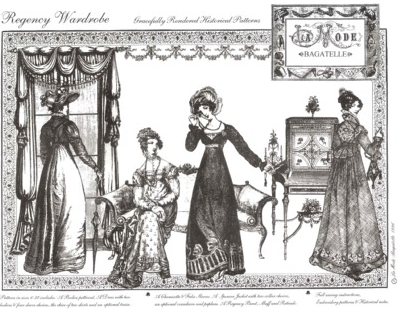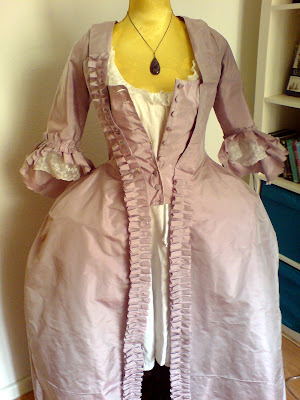A little more about coaches, carriages and sedans in the 17th century:
 |
| Brouette |
King Louis XIII. of France often used a little
brouette on a hunt. The brouette was not loved by many, it was rather famous for beeing uncomfortable and for falling over incidentally.
When it came to smaller vehicles the sedans were spreading quickly in early 17th century France. Some even used the sedan for long lasting journeys. For instance, the Duchess of Nemours travelled from her principality in Neuchatel to Paris in a sedan each year, which took her eight days and required the service of 40 carriers. Other than that, the sedan was basically an inner-city conveyance, that came out of fashion not before the 18th century.
 |
| Brouettes also known as Vinaigrettes in Versailles |
Coaches for overland travelling were usually much bigger and simpler in construction than the refined city vehicles. This changed however, when in the middle of the century the
Coupé was introduced. At that time springs were first attached to the carriage, to make travelling more comfortable. Until then it had been a very shaky experience. But from then on the carriage case was seperated from the chassis and carriages became more and more accepted as the appropiate touring caroche.
 |
| 17th century Coupé © Éminence Rouge Blog |
The famous maitresse of King Louis XIV., Madame de Montespan, travelled in 1676 to Bourbon l'Archambault with much pomp and ostentation. Her state coach was massive, with a 6 horse hitch and in her entourage were six ladies in waiting in a seperate coach, two carriages for luggage drawn by mules and an escort of up to 12 horsemen and 20 servants.
Nevertheless the french nobility began to ask for more lightweight pomp waggons and soon the
Caleshe, named after the polish
kolaska, caught on to become the must have for everyone with taste and influence.
 |
| Louis XIV and Marie Thesese in a very pompous caleshe © White Images/Scala, Florence | |
At first the caleshe was a rather simple caroche without any suspension or top and drawn by either two or four horses. Later it was usually lined with rich textiles and heavily gilded. No window coverings spoiled the view out of the caleshe or the supply of fresh air. In France during the 17th century a 6 horse hitch was common with the caleshe and with the success of the latter the carriage had been finally established as status symbol.


















































